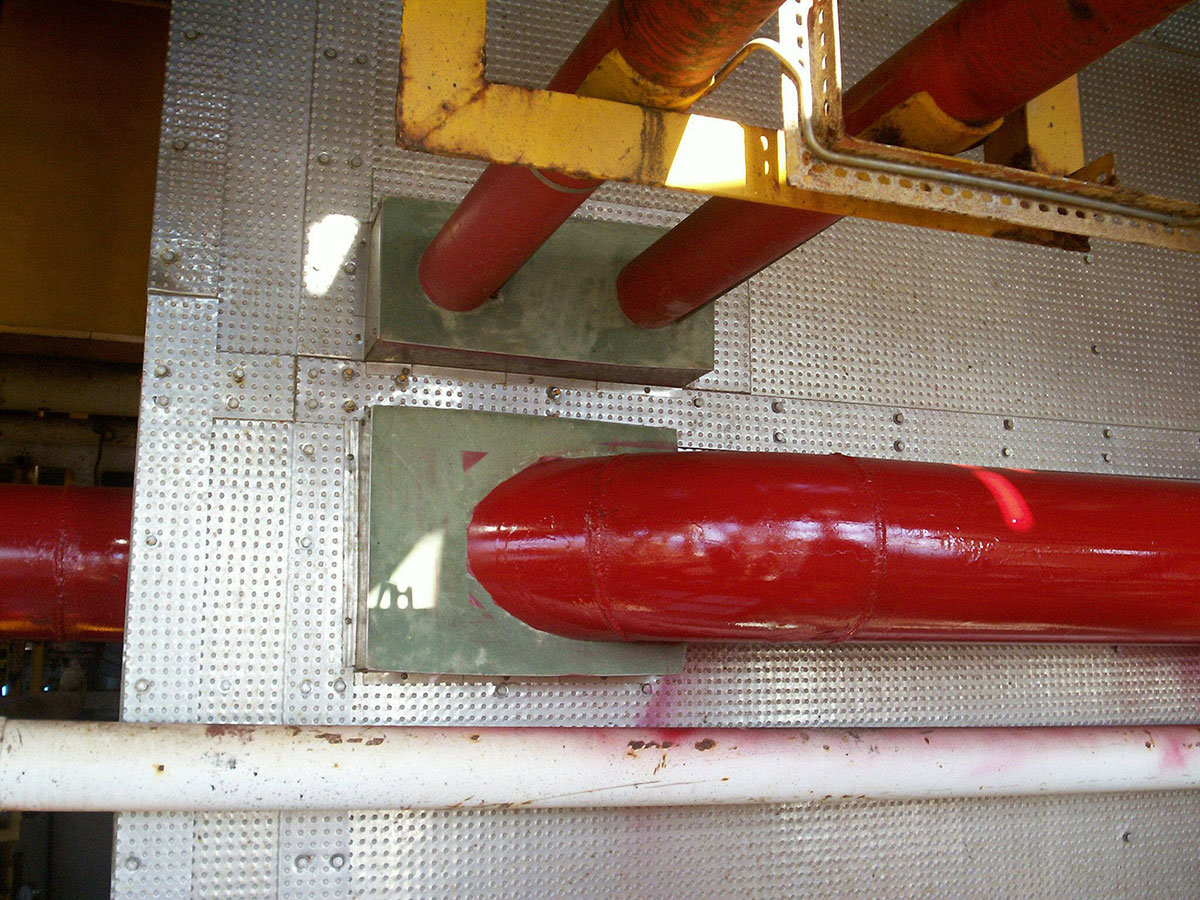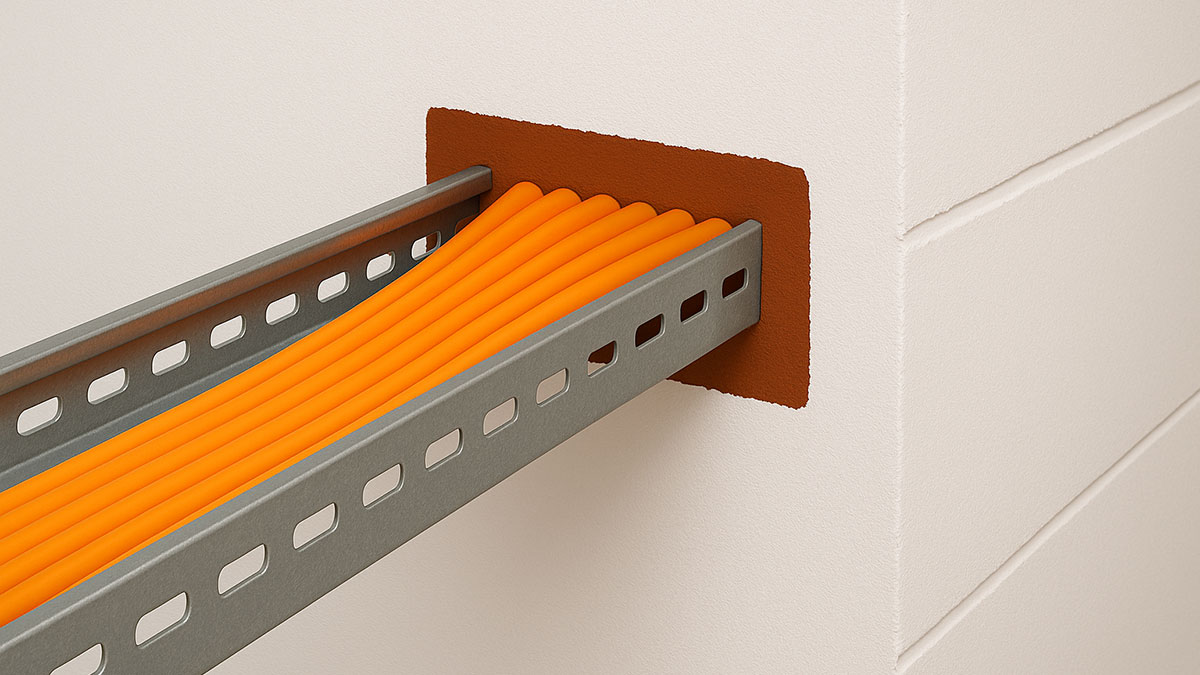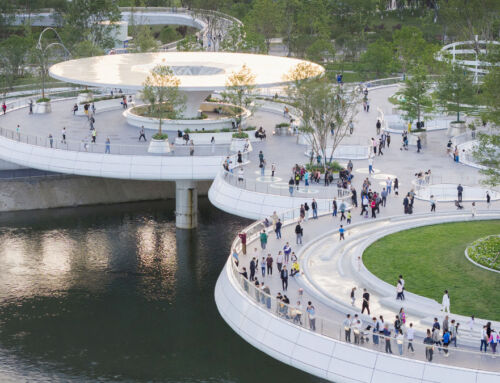In the hidden world of MEP (Mechanical, Electrical and Plumbing) installations, pipes, cables and ducts snake, like veins through the bowels of buildings. In these obscurities, there is a seemingly modest detail that makes the difference between a safe construction or a catastrophe: the seals. These silent elements, strategically placed in every opening and installation passage, keep fires, leaks and unwanted noise at bay.
When installations pass through walls or floors that separate rooms with different uses, different fire compartments or escape routes, it is not enough to simply seal the gap; a clever solution is required. Intumescent materials, for example, remain inconspicuous under normal conditions, but in the heat of a fire, they expand like a shield, therefore sealing off the passage and blocking the spread of flames and smoke. It is a chemical transformation that saves lives.

In wet areas, such as swimming pools or other facilities in water parks, hotels and resorts, campsites, and other leisure and tourist attractions, seals act as a barrier against water. Silicones and polyurethanes are suitable materials for this, as they repel moisture. A cold-water pipe running through an unheated space? Here the polyurethane foam acts as a thermal insulation and prevents energy from escaping and condensation from forming.
Meanwhile, in hospitals or concert halls, insulating materials absorb sound and thus prevent noise from travelling through ducts and openings like unwanted ghosts. Even pests find their nemesis in these systems. Specialised, dense and resilient seals close off insects and rodents that would otherwise use these gaps as highways to invade living spaces.
MEP seals may not be visible to the visitor’s eye, but their absence is noticeable – and dramatically so – when it matters most. A poorly applied seal can turn a small gap into the weak link in an entire building. By contrast, when executed accurately, it not only complies with safety regulations – such as fire codes or energy efficiency standards – but also prolongs the life of the facility and reduces maintenance costs.
By Juan Carlos Soria, Senior MEP Engineer in Amusement Logic’s Architecture Department






